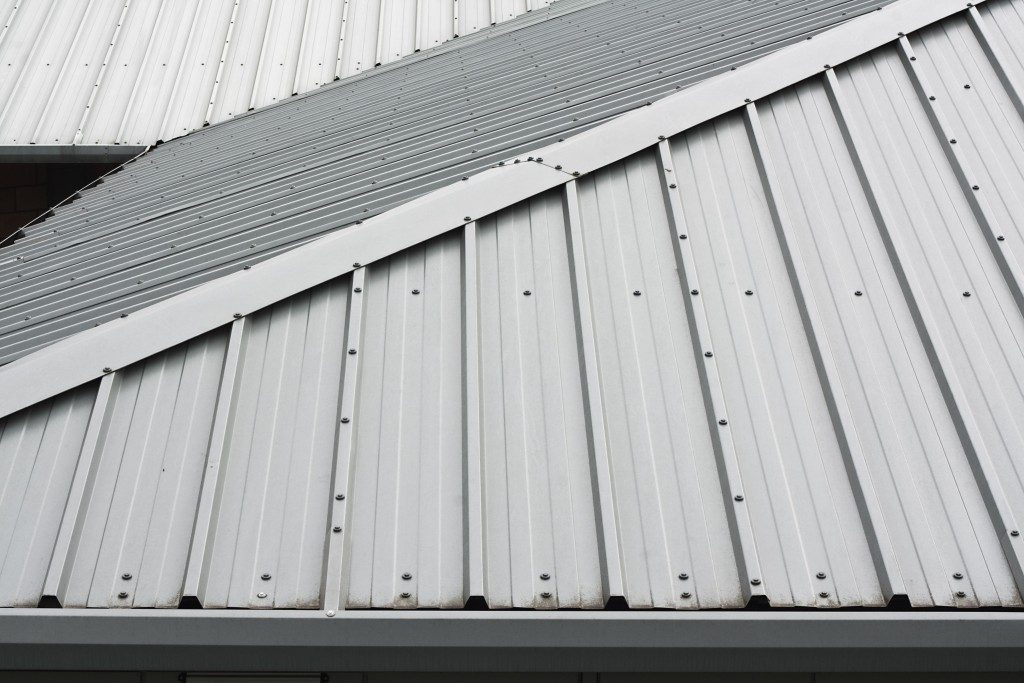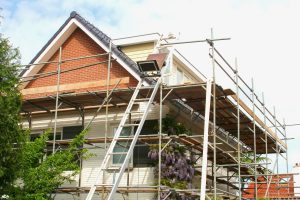For the longest time, PVC, fibreglass and polycarbonate panels have dominated the roofing sector. This has been primarily because of their excellent sound and thermal insulation, the capability to withstand harsh weather elements and their high-impact resistance. Nowadays corrugated plastic panels are replacing PVC, fibreglass, and polycarbonate in addition to older roofing materials such as tile, metal, and shingles.
UK suppliers often recommend corrugated plastic roofing sheets because they are durable, have low maintenance expenses and come in a broad colour range. The sheets are also renowned for their optical properties found in the semi-translucent semi-corrugated roofing panel variant. As such, these roofing sheets are commonly used for skylights, greenhouses and outdoor structures where abundant natural light is desired. The installation of corrugated roofing panels is inexpensive and versatile, but also require using various products for attaching them to their substrate. Here are some of the more common products you need if you want to install corrugated roofing panels on your house.
Foam or Plastic Closure Strips
These are installed under your corrugated sheets to act as fastener supports. Vertical strips are commonly used to finish the exterior edges of your roofing panels and secure them to rafters. Horizontal strips are generally attached directly to your purlins in addition to the manufacturer-recommended fasteners for your panels. Plastic strips are more durable compared to foam strips, and their UV-protected variety has interlocking ends to ease their installation. Foam closure strips are recommended for installations where energy efficiency is vital.
Flashing
It is sometimes necessary to use additional flashing based on your structure’s needs. In a side wall structure with a lean-to roof that slopes away from its vertical wall, you may need to install polycarbonate end wall flashing. In conventional A-shaped roofs, the installation of a polycarbonate impact-resistant ridge cap is recommended to prevent leaks.
Fasteners
 The ideal fastener for your corrugated roofing sheet’s installation is determined by the substrate material. Wood structures, for instance, need neoprene-based washers (with a half-inch diameter) or #10 wood grip screws. Metal roof structures require a neoprene-based washer or a #12 self-tapping or self-drilling screw. In both cases, you can get a washer with a smaller diameter if you have any aesthetic concerns since this has a flat bearing surface. The fastener you select should penetrate your structure’s wall or roof by not less than an inch.
The ideal fastener for your corrugated roofing sheet’s installation is determined by the substrate material. Wood structures, for instance, need neoprene-based washers (with a half-inch diameter) or #10 wood grip screws. Metal roof structures require a neoprene-based washer or a #12 self-tapping or self-drilling screw. In both cases, you can get a washer with a smaller diameter if you have any aesthetic concerns since this has a flat bearing surface. The fastener you select should penetrate your structure’s wall or roof by not less than an inch.
Sealant
This is used to prevent the accumulation of debris, dirt, air, and moisture under your roofing panels. Silicone sealants are the primary choice for plastic corrugated roofing. They neither shrink nor crack and provide a durable and weather-tight seal. Before picking the silicone sealant, ensure it is compatible with your roofing panel.
Most installation projects for corrugated plastic roofing membranes require more than one of the above products. If you are unsure about which one works with yours, consult your roofing membrane supplier. Fortunately, most of these suppliers also sell the above products. Buying both the installation product and membranes from the same shop will guarantee that the materials are compatible, and the results will be durable.






